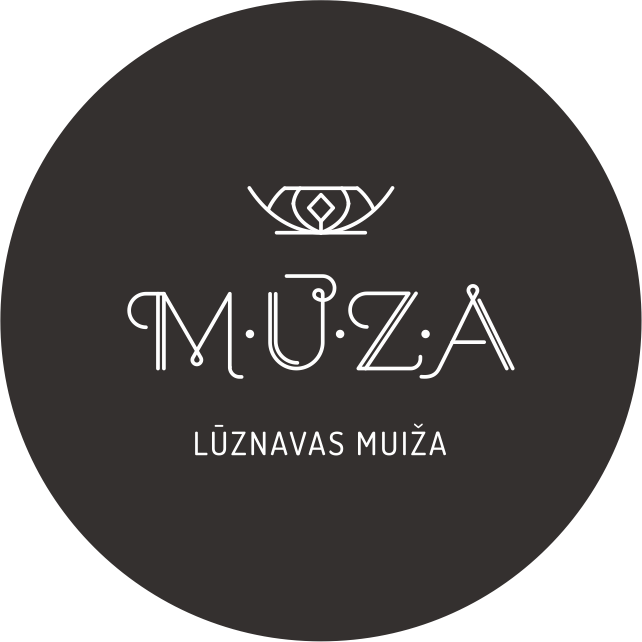GOLDEN MARGUERITE
Latvian: Ilzīte dzeltenā
German: Färber-Hundskamille
Swedish: färgkulla
Estonian: kollane karikakar
Lithuanian: geltonasis bobramunis
Russian: пупавка красильная
Plants of the golden marguerite family tend to be perennial and annual, both in the form of single
grasses and shrubs. The rhizome is usually practically horizontal and highly
branched with many small roots. The leaves of the plant are usually tufted, doubly
tufted and without petioles. Perennial ilzitas form only rosettes of leaves in the first
year, and bloom in the second year. Inflorescences are formed at the ends of the
stem and branches, usually white, rarely yellow.
The inflorescences are relatively large, 2-3 cm in diameter. Ilzites bloom practically
throughout the summer. In autumn, after ripening the seeds, the stems die, in the
spring, new ones form from the rosettes of leaves.
The most common dogfish are: Yellow dogfish (Anthemis tinctoria) , Roman
chamomile (Chamaemelum nobile), Pure dogfish (Anthemis arvensis), Dog dogfish
(Anthemis cotula)
Ilzis flowers are usually used for treatment. They are usually collected during mass
flowering (June-August). The flowers are collected when the middle part of the
inflorescence has not yet fully opened and its middle is still flat. This period has the
highest content of essential substances. Dry in a shady place not exceeding 40C.
The drug is stored in paper bags for no longer than 2 years.
MEDICAL SIGNIFICANCE
Some golden marguerite have medicinal value and have many valuable properties. For example,
Roman chamomile is used in folk medicine and homeopathy on par with Medicinal
chamomile. Pharmacists say that Roman chamomile has similar healing properties
as Medicinal chamomile.
Yellow wormwood has insecticidal and bactericidal properties. Its diuretic,
anthelmintic, anti-malarial, choleretic, diaphoretic, anti-bleeding properties have long
been known in folk medicine. Decoctions of flowers are often used as an anti-
inflammatory and expectorant agent.
Roman chamomile essential oil has an antispasmodic and anti-inflammatory effect.
In folk medicine, it is used in case of insomnia, anxiety, climax.
There are also reports of a medical nature that dogwood has also been used in
medicine. Dog bark is used in folk medicine as a decoction and poultice for stomach spasms, migraines,
convulsions, metrorrhagia and malaria. Externally, it is used to treat dermatitis and
wounds.
Despite the pronounced similarity between Roman chamomile and Medicinal
chamomile, the chemical composition of these plants differs significantly, but
laboratory studies show that their effects are close to similar. Ilzite has antimicrobial
as well as moderate fungistatic properties. Experiments have determined the anti-
edema and cytostatic effect of golden marguerite (the development of carcinoma was
suppressed in vitro). Its anti-bleeding properties are also unique, so it is widely used therapeutically
for the treatment of hemorrhagic diathesis, capillary toxicosis, retinal hemorrhages
and other diseases in which vascular permeability is impaired.
Experimentally, essential oil prepared from fresh flowers of Roman chamomile
produced a pronounced activity against gram-positive bacteria (Staphylococcus
aureus) and also suppressed the development of dermatophytes. It has also been
scientifically proven that alcohol extracts were able to quickly deal with intestinal
fluke and protozoan infection. Research was done on animals, in which it was
noticed that their aggression was drastically reduced.
World-famous aromatherapist Ruth von Braunschweig from Germany proved that
just one drop of Roman chamomile essential oil applied to the solar plexus can calm
the human nervous system and reduce the negative effects of stress.
Possessing anti-inflammatory, carminative, spasmolytic and other properties, Roman
chamomile is widely used in the medicine of various nations, as decoctions in the
treatment of stomach diseases, colds, diathesis, atopic dermatitis and as a bile and
urine expelling agent. Decoctions of flowers are also effective in uterine bleeding. Of
course, all these decoctions can also be used externally to reduce inflammation, as
well as to rinse the mouth!
The juice of the dogwood is used in the treatment of malignant formations. A
decoction from the root of this plant is used to improve male potency, and is also
used in epilepsy, as polyacetylene compounds are found in the roots. You can also
treat aching teeth with the help of such a decoction. Puppies, regardless of the
species, are a good remedy for helminths.
The flowers of golden marguerite can also be infused with vegetable oil and will make an excellent
remedy for smearing in case of pain caused by rheumatism.
NOT RECOMMENDED FOR USE
None of the medicinal Ilzīte species usually cause any side effects, however, you
should be careful and not use this plant during pregnancy and lactation, as well as
not treat small children with it. Basically, all side effects from Ilzita occur only in the
event of an allergic reaction, for example, if a person is allergic to pollen, as a result,
a person may end up in a state of anaphylactic shock!
Augu katalogs ir tapis ar Eiropas Savienības finansiālu atbalstu Pārrobežu sadarbības programmas 2014.–2020. gadam projekta LVIII-062 “Versts of Feelings 2” ietvaros


